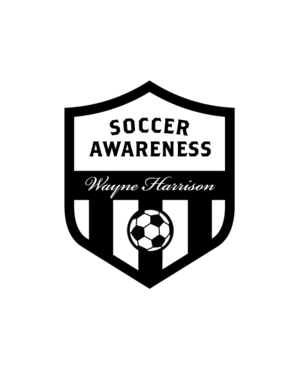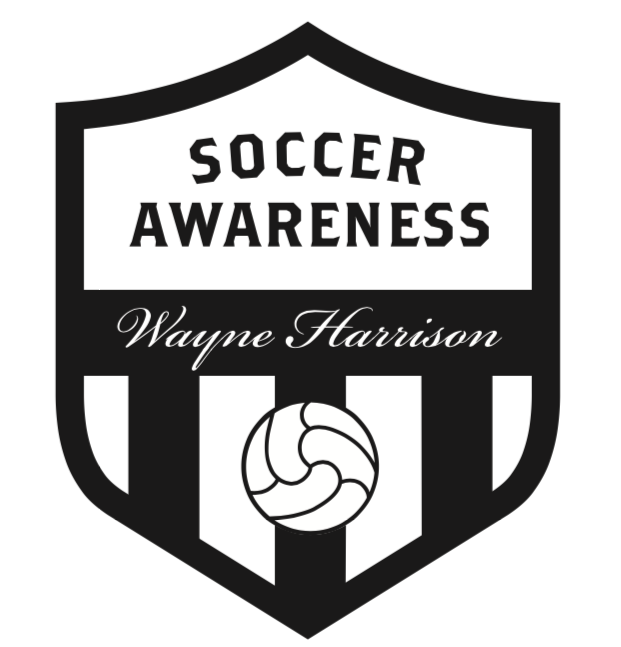Awareness Numbers Game Working in Three Zones
/Conditioning the players to pass and move by setting the rule they need to move into another area once they have passed.
Divide the field up into sixth’s and then have the players make a pass in one area then they must move to another area to receive the next pass. This can cause players to pass long or pass short and vary the range and distance of the passes and the support as they are required to move once they have made their pass.
Here we are using three teams of four players.
Here players pass and move into other zones to receive the next ball that is coming. This ensures players get the idea of passing and MOVING off the ball, not passing and then standing.
Can say players must pass to space so they pass into another zone next to the one the player they are passing to in order to force them to move to the ball
Non-Competitive Awareness Numbers Game: Passing in Sequence
This is a great game for forcing players to observe what is ahead of the ball in terms of knowing what they need to do with the ball “before” they receive it. Players (1) and (2) work together and players (3) and (4) work together.
Players must pass in sequence i.e. 1 passes to 2; 2 passes to 3; 3 to 4 and 4 passes to 1 and we begin again. You can have players static to begin then have them passing and moving. Player receives from the same person and passes to the same person each time. This develops great awareness of time, space and player positions. This is continuous work on and off the ball.
Awareness of: where the player you receive from is and where the player you pass to is. Because of this players begin to anticipate the pass to them and where it is coming from. Also they must look to where it is going to (where is the player they are passing to?).
We are trying to create a situation where players are looking two moves ahead not just one. For instance as (1) is about to pass to (2), (3) should be looking to support (2) for the next pass already, looking two moves ahead before the ball leaves (1). Peripheral Vision Development results from this.
(3) should recognize if they need to move into a space early or late based on this observation, but know in their mind already what the next best option is. Moving into the space too early in a game situation for example may result in being marked too easily. But knowing in advance “when and where” to move to is an advantage and this game helps players develop this thought process.
Ask players to make it difficult to find them by lots of movement off the ball to test their team mate’s vision.
Progression: Use two balls then three balls at the same time. Start with a ball at (1) and (4) then at (1), (4) and (6). To keep the sequence going players must move the balls quickly with few touches hence their peripheral vision development improves dramatically. As soon as they have passed one ball off the next one is arriving so quick thinking is needed to make the correct decisions. Divide the field up into third’s and ask players to make a pass in one third then they must move to another third to receive the next pass. This can cause players to pass long or pass short and vary the range and distance of the passes and the support.
Here (3) passes to (4) and moves into another zone to receive the next ball that is coming. This ensures players get the idea of passing and MOVING off the ball, not passing and then standing. (2) Does the same with a pass to (1) then moving into another zone supporting the next ball to come along.

















